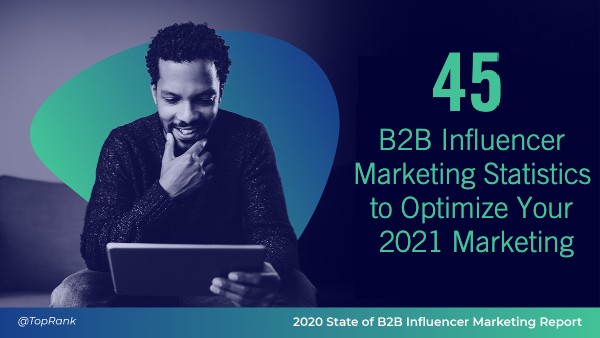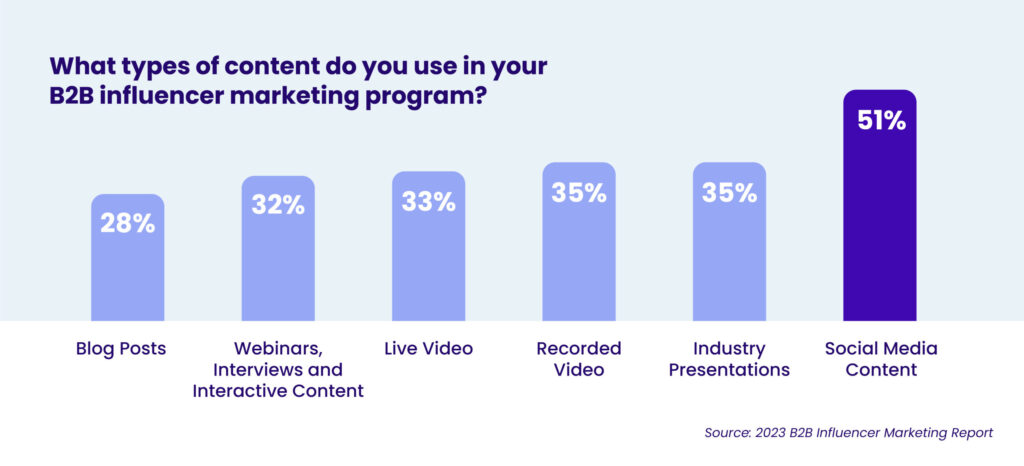Drafting All-Star Influencers: How Fantasy Football Tactics Can Guide Your B2B Influencer Campaigns
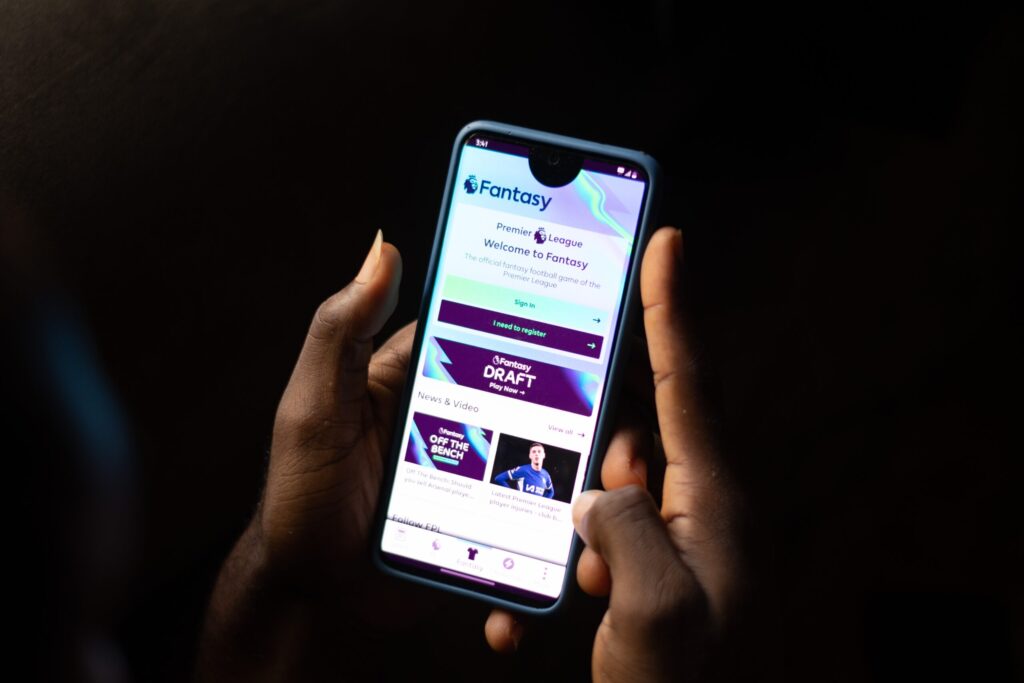
By Alex White
Are your stars lined up and ready to take you to the promised land?
The National Football League kicked off last month, and fantasy football leagues are in full swing. The online game, which has soared in popularity, allows individuals to be an NFL general manager (GM), picking players and earning points with the ultimate goal of winning a virtual championship.
Wait … what does this game have to do with marketing?
Influencer marketing teams that want to win a “championship” of their own (in this case, complete a successful campaign) can learn a lot about selecting their own team of influencers.
Think about it like this: both fantasy football and influencer marketing involve thoughtful data-backed selections aimed at picking “players” who will achieve the best outcome.
Let’s take a look at the similarities between fantasy football drafting and selecting influencers for B2B campaigns.
Scouting players: Researching skill sets and impact
What do fantasy football competitors do before draft day? Many spend countless hours looking through databases to uncover the latest athlete stats, rankings, and projections, digging deep to analyze recent performance and reliability.
Similarly, when selecting influencers, marketers do the same thing, conducting deep research in influencer databases and on social media platforms to uncover details on past performance, zeroing in on engagement rate and reach the same way fantasy football fans analyze yards and touchdowns.
Draft Tip #1: Look beyond vanity metrics like follower count. Dig into the “advanced stats” like engagement rate, click-through rate, and true reach.
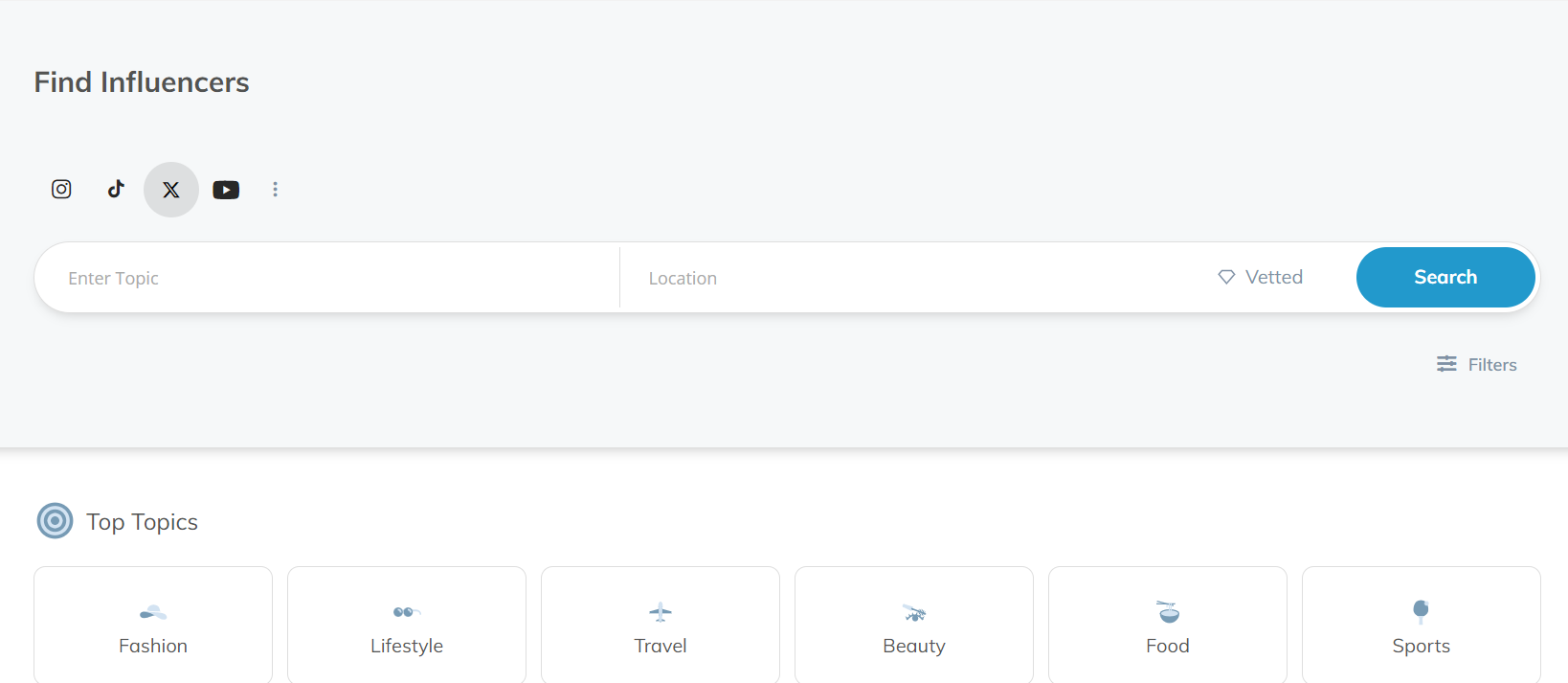
Understanding the league: Mapping out your influencer selection
In a fantasy football draft, participants have the chance to pick up to 16 players, who must fill position-specific slots such as quarterback, running back, kicker, and wide receiver.
While influencer marketing campaigns aren’t constricted to a number of individuals or categories, those in the campaign should all serve a specific purpose. For example, a campaign with the goal of reach and Marketing Qualified Leads (MQLs), would want to draft a “quarterback” who can gain big yards (reach) and a “running back” who can convert touchdowns (lead generation).
Draft Tip #2: Ensure each of your influencers fills a role that will help your campaign reach and exceed your primary KPIs.
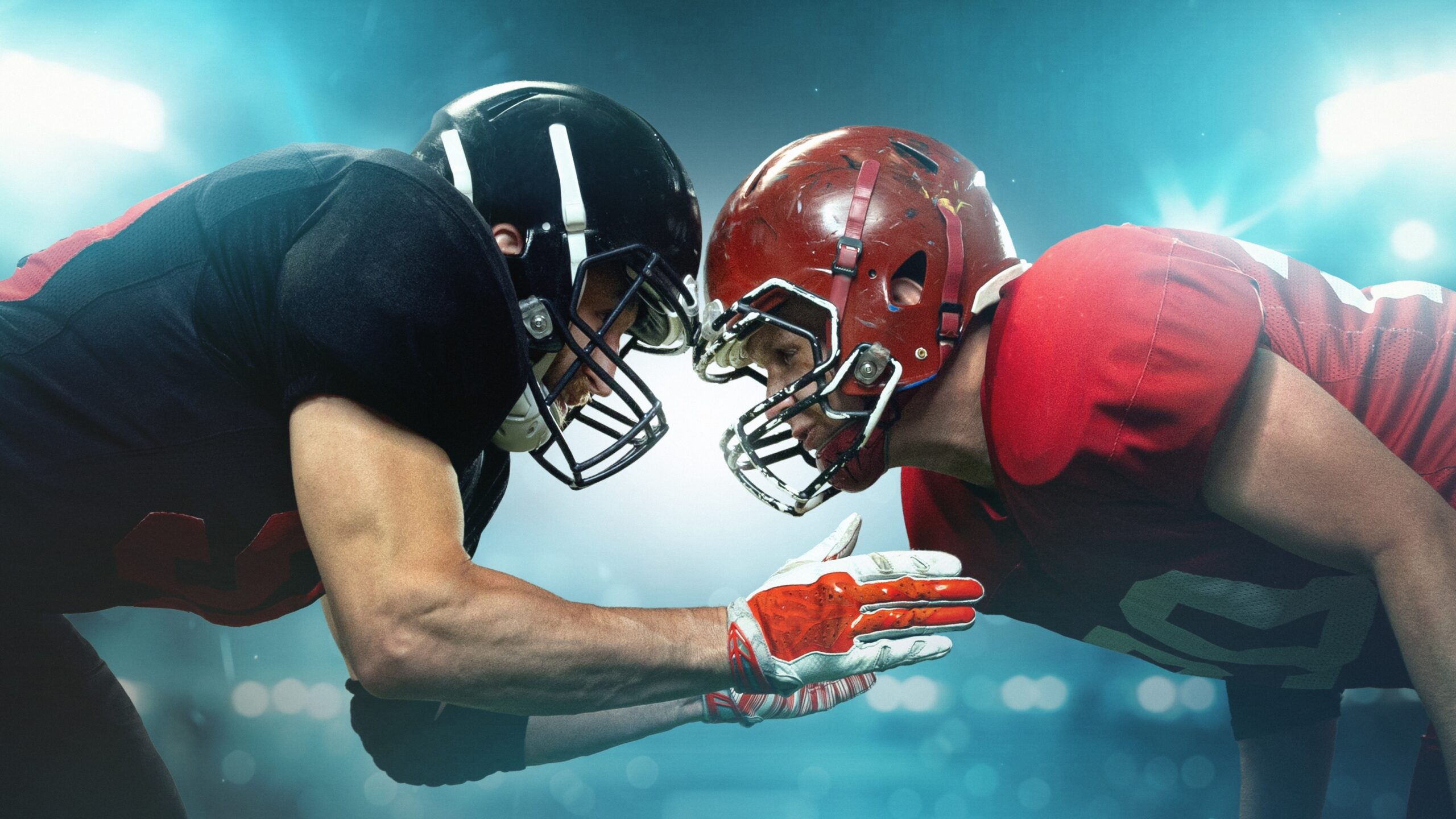
Drafting a balanced roster: Diversifying influencer types
Those new to fantasy football might think the key to a winning season lies in selecting only the very best players with eye-popping stats. In the same vein, marketers may believe contracting only “big-name” influencers will ultimately lead to a successful campaign.
If only it were that easy.
Those who have won championships — and conducted top-performing marketing campaigns — know that the formula for getting the most “points” involves a balanced roster that includes superstars, rising stars, and specialists.
Let’s take a look at how these influencer types …read more
Source:: Top Rank Blog







